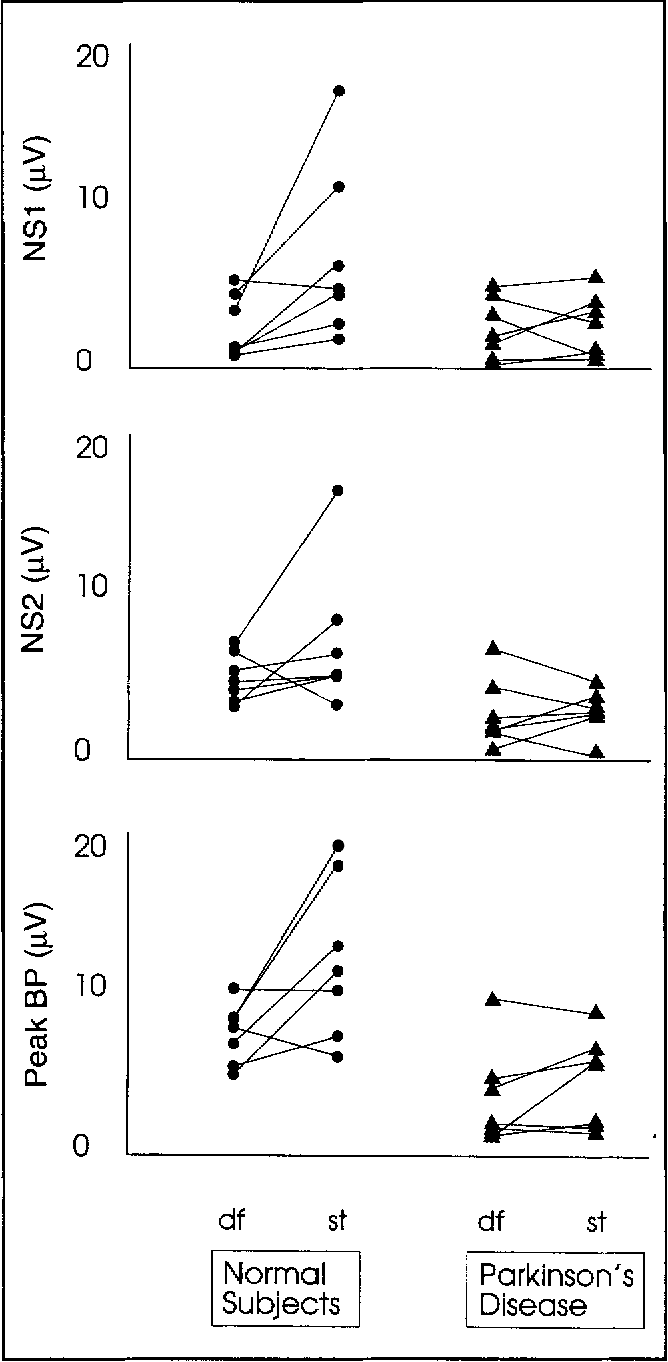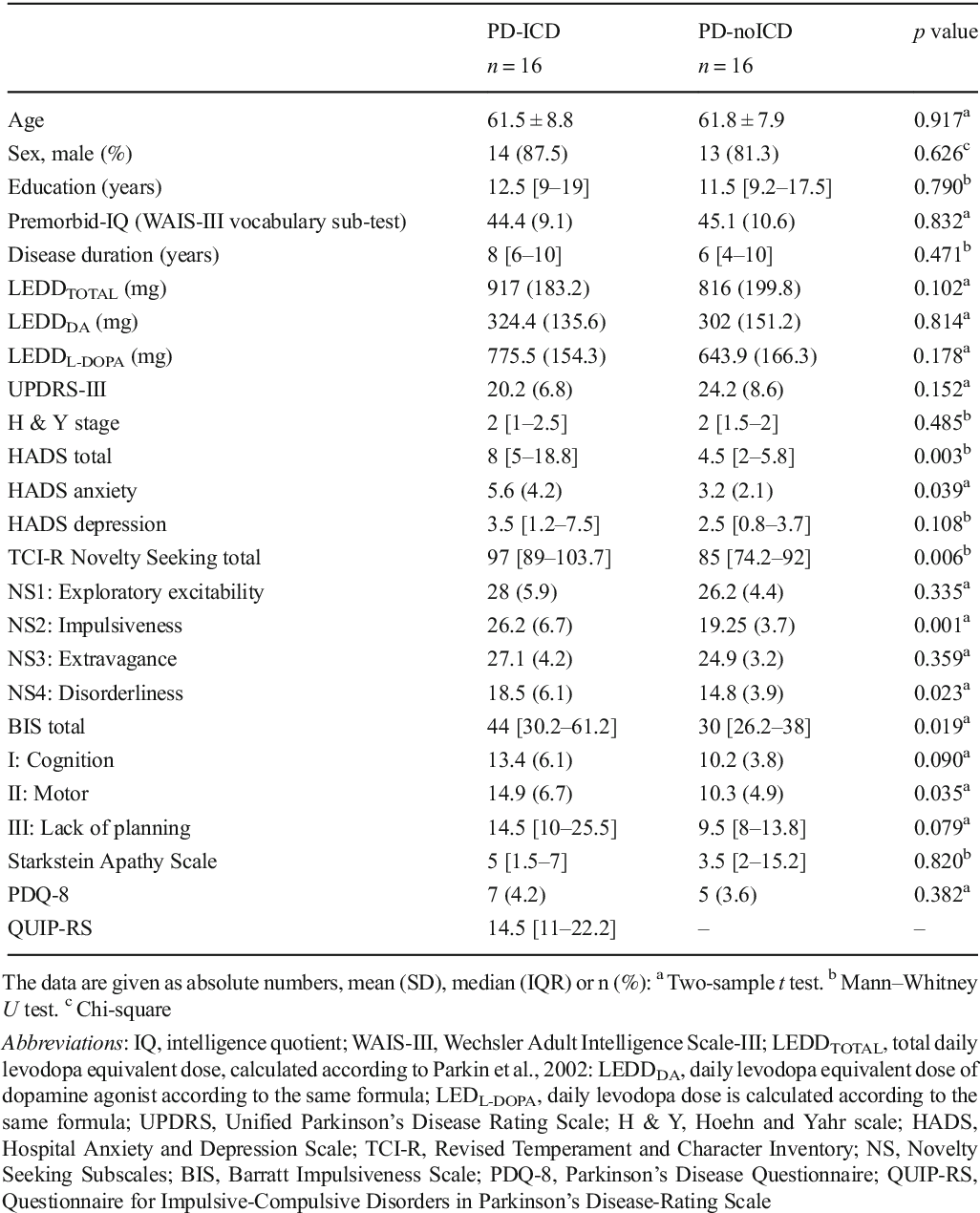

These newly synthesized ssDNA can eitherĪ) be converted to dsDNA and serve as a template for transcription/replicationī) be encapsidated to form new virions that are released by cell lysis.


Virology Unit, Department of Infectious Disease Surveillance and Control, National Institute for Health and Welfare (THL), Helsinki, Finland. Host proteins transcribe the genomes into mRNAs.Īlternative mRNAs splicing allows expression of six different mRNAs. Hepatitis C virus NS2 protease inhibits host cell antiviral response by inhibiting IKK and TBK1 functions. The genome is replicated through rolling-hairpin mechanism. ORFs for both the structural and non-structural proteins are located on the same DNA strand. Equal amount of positive and negative strands are encapsidated, although the percentage of particles encapsidating the positive strand can be lower depending on the host cell. Linear, ssDNA genome (-) of about 4.8kb in size. The capsid consists of 60 copies of CP protein. Non-enveloped, round, T=1 icosahedral symmetry, 18-26 nm in diameter.


 0 kommentar(er)
0 kommentar(er)
